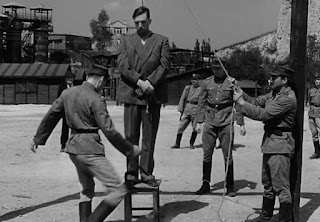The California Bar and Italian boarding house in Bingham, Utah c. 1900
Throughout the 1800s and well into the first half of the 1900s, boarding houses flourished in numerous American cities, adding a touch of charm and peculiarity to urban life.
These establishments varied greatly, ranging from grand, purpose-built edifices to the humble abodes of "genteel ladies" who sought to augment their income by renting a room or two. The eclectic mix of boarders was equally diverse, encompassing prosperous businessmen, destitute laborers, solitary individuals, and entire families.
However, married women who chose to board with their families were often subjected to unfounded accusations of laziness. It was claimed they neglected their responsibilities, deeming the laborious tasks of housekeeping, cooking, and child-rearing too arduous to undertake diligently. Alas, prejudice found its way even into the walls of these communal dwellings.
Primarily catering to men, boarding houses left women with limited options. Co-ed establishments carried the risk of encountering objectionable characters, while all-female havens were susceptible to slanderous insinuations falsely associated with disreputable enterprises of ill repute.
Organizations like the Young Women's Christian Association emerged to counteract these perils, providing heavily supervised boarding houses exclusively for young women. These sanctuaries were hailed as veritable "brick-and-mortar chastity belts," shielding unmarried women from the corrupting influences lurking in the city's dark corners.
In the 19th century, a remarkable portion—anywhere from one-third to one-half—of urban dwellers either rented out rooms to boarders or became boarders themselves. The cost ranged from a modest $2.50 to a princely $40 per week, depending on the establishment and its amenities.











Comments
Post a Comment